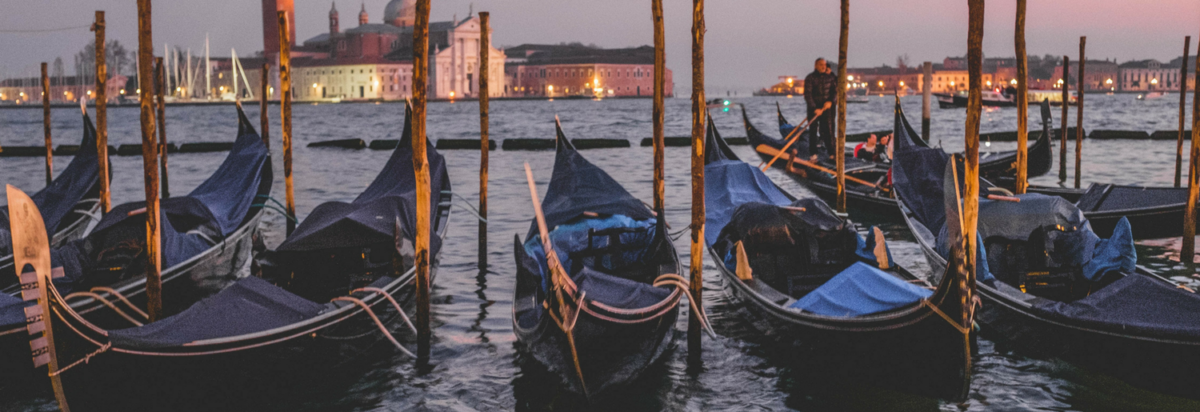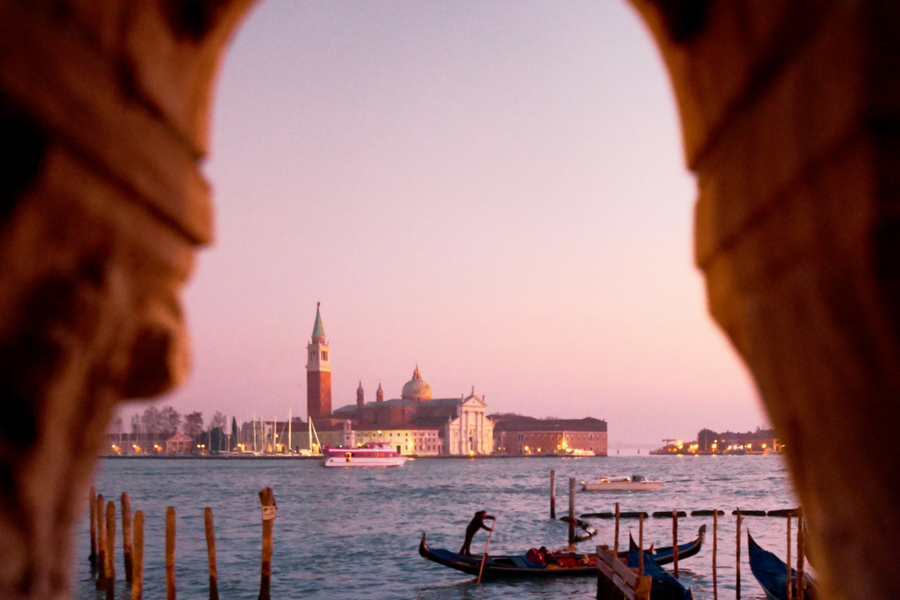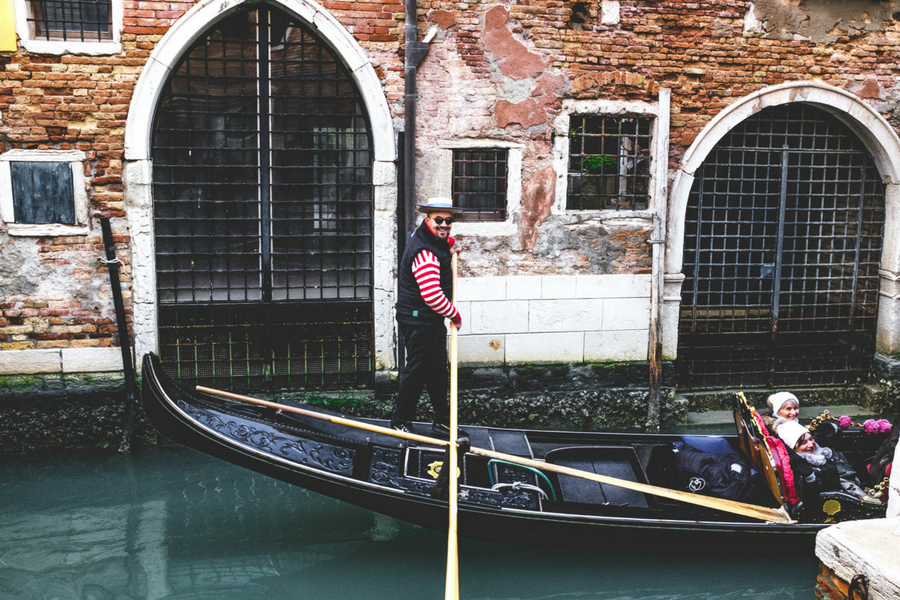Travel Tips
Travel insurance for your trip to Venice
When you’re planning a holiday, the last thing you want to think about is what might go wrong while you’re abroad. But being prepared for the worst case scenario will […]

They may now be used almost exclusively to take romantic tourists on tours of the Venetian waterways, but gondolas are far from a recent invention. Custom-made for the shallow waters of the Venetian lagoon, they were in use as far back as the 11th century – possibly further back than that, but the first documented evidence of them comes from 1094 – and for centuries they were the main way to get around.

Gondolas reached peak popularity in the 17th and 18th centuries, and it’s estimated that the city was home to 10,000 gondolas at that time. By contrast, there are just 400 now – though you’ll see so many during your time in Venice that you’d think the number was far higher.
It’s hard to imagine now, but gondolas were once much more colourful affairs than they are today. Back in the 16th century, gondola owners tried to outdo each other with their ornately decorated gondolas, until a law was passed requiring all gondolas to be painted a uniform black.
Or nine, if you include the beech oar: lime, larch, oak, fir, cherry, walnut, elm and mahogany.

Ever noticed that a gondola tilts to one side? That’s deliberate, as it helps balance out the weight of the gondolier.
The distinctive iron prow of the gondola doesn’t just serve the practical function of balancing the boat; its ‘S’ shape represents the bends in the Grand Canal, while the six ‘teeth’ represent the districts of Venice. The doge’s cap is represented by the curved top, while the ‘tooth’ sticking out of the back of the prow represents the island of Giudecca.
Prospective gondoliers must complete 400 hours of training before passing a test to prove their knowledge of how to operate a gondola, Venetian landmarks and history, and language skills. Little wonder that only three or four gondolier licences are issued each year.
If you want to experience this magical city from the romantic perspective of a gondola, a Venice gondola ride for couples is the ultimate Venetian experience. For an even more romantic excursion on the waterways, book a night gondola ride in Venice and enjoy the atmosphere of the city lit up in the dark.
Travel Tips
When you’re planning a holiday, the last thing you want to think about is what might go wrong while you’re abroad. But being prepared for the worst case scenario will […]
Experiences
When you’re on holiday in Croatia, it’s easy to forget how close you are to the romantic city of Venice, Italy. Planning a day trip to Venice from Croatia is […]
What to see
Looking ahead to a major annual Venetian event, the Venice International Film Festival sees the stars of the movie world descending on Venice from 29 August to 8 September this […]